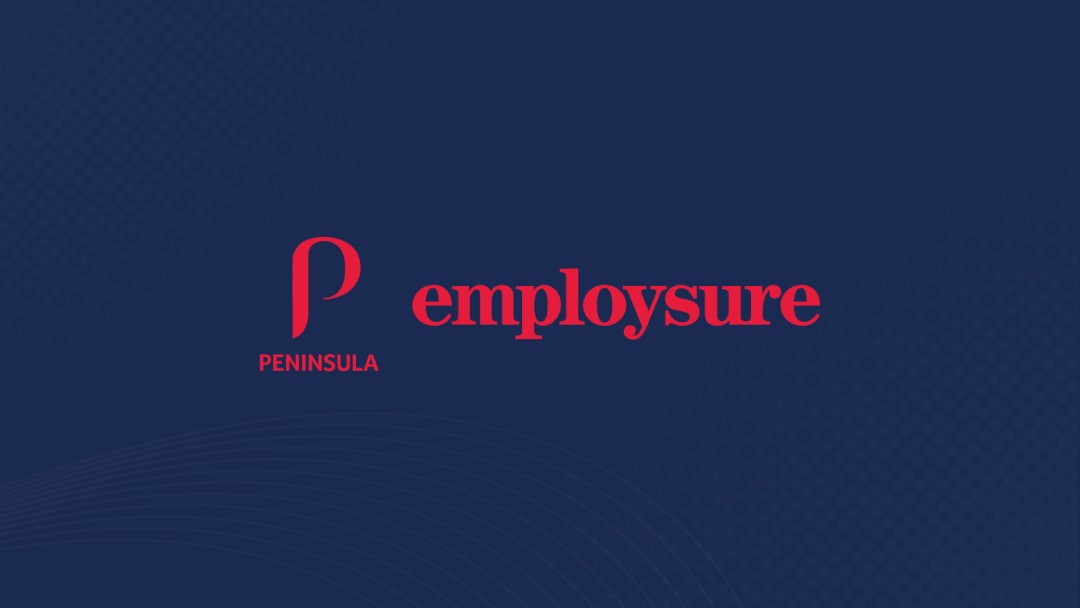
Anxiety and depression are the most common mental health conditions experienced by people in Australia and tend to affect them during their prime working years (16 to 64 years). When you consider that majority of Australian full-time employees put in more than 40 hours every week, it is no surprise that many of them will experience depression at work. Stress, anxiety, sadness, loss of motivation, or fatigue are just some of the symptoms one may experience during depression.
As everyone’s experience and perspective of mental health is different, please use the information mentioned below as general information. For accurate diagnosis or advice, please contact a qualified medical professional.
Read on to find out what is considered as workplace depression, how to identify the signs of depression at work, and how can you manage depression in the workplace.
What is workplace depression?
More than half the world’s population is currently working and 15% of the working-age adults live with a mental disorder. A workplace or job can act as a potential contributing factor to depression, depending on the level of stress at the workplace. Generally speaking, feeling depressed at work or employee depression has little to do with the job. It is indicative of the environment that can exacerbate feelings of depression and stress. Additionally, some workplaces and roles can be more stressful or intense than others, causing employees to feel depressed and frustrated.
We need to be aware of our mental wellbeing in all aspects of our lives and this includes our workplace. It is essential to note that depression is a complex medical condition with varied symptoms and levels. Multiple factors cause depression and might be at play when we consider someone struggling with workplace depression.
Signs and symptoms of depression in the workplace
Depression at work has far-reaching repercussions for employers and employees. It can have financial impacts for business owners. Research by World Health Organisation (WHO) tells us that depression and anxiety cost the global economy US $1 trillion annually from reduced productivity.
As work forms a big part of our lives, it is natural to show signs of depression at work. Workplace depression symptoms are like general depressive symptoms. There might be some that may be limited and specific to a workplace setting.
Isolation from colleagues
Procrastination
Appearance of tiredness
Disinterest in tasks
Forgetfulness
Irritability
Lack of confidence
Increased absences
Increase in anxiety
Boredom
It’s not unheard-of people with depression to become skilled at hiding and masking their emotions or feelings. This might make it difficult for you or your employees to notice symptoms or identify if anyone’s struggling. But there are further steps you can take to watch out for anyone who may be struggling and suffering from depression. This could be watching for any general physical or depressive symptoms such as:
Physical symptoms (illness, fatigue, headaches)
Increase or decrease in appetite and weight
Change in appearance (tired, exhausted)
Emotional symptoms (crying spells, tearfulness)
Excess anger
What causes depression in the workplace?
There are several reasons why employees may be dealing with depression at work. For employers it can get tricky as no two people or employees are the same. While this may feel challenging, we have outlined some common themes that can help you discover the triggers of depression at work:
Toxic work environment
Being overworked
Working irregular hours
Unsafe working conditions
Being underpaid
Lack of clarity in your role
Micromanagement
Poor or unsafe working conditions
Lack of flexible work
No work-life balance
Lack of alignment between your values and work values
No clear purpose of work
Being bullied or harassed
Employees are at the risk of workplace depression if they mindlessly complete tasks and goals. This causes a disconnect and leads to growing demoralization among the team members.
Sometimes employees won’t even know they are being affected by work adversely. For examples employees working long hours constantly or working irregular shifts can also suffer from depression.

Mental Health Policy Template
A solid, comprehensive and responsive Mental Health Policy is an essential document in identifying mental health risks, properly supporting those who may be suffering and protecting your business with the right documentation.
Stress vs depression
Knowing the difference between workplace stress and depression is vital. While workplace related stress can affect your mental health, it usually decreases in intensity after the stressor passes. Work depression on the other hand can lasts for weeks and months with bursts of intensity.
The effects of depression in the workplace
As mentioned previously, depression can have impacts and effects in the workplace:
Contributes to presenteeism
Impacts employee performance
Poor social interactions
Loss of employee morale
Reduced productivity
Increased sick leave/absences
Work from home depression
The pandemic ushered in an era of change at the workplace. Remote working or work from home became the norm, leading to a shift in workplace dynamics. Working from home or remote working is convenient, flexible, and helps break barriers for women or people with additional responsibilities. But it does come with its pitfalls.
Working from home (WFH) demarcates the boundaries between work and personal life. Not all employees can afford a separate work area or space. This creates difficulties in separating work and home life. Your dining table, your coffee table, or your couch becomes your office area. Your brain struggles to switch off and you find yourself accessing emails or messages late at night or on weekends.
WFH also leads to an erosion of routine since employees don’t have to get up early or get dressed for work. The freedom to set your own hours can cause procrastination and the failure to set realistic deadlines. WFH can also be isolating and devoid of social connections which can add to existing depression or mental health related issues. Employees are forced to rely on chats or video calls which adds to an overloaded screen time.
How to prevent work from home depression?
Too much change can also feel overwhelming. The past few years have caused employers and employees to take a step and revaluate what they believed was the ideal format for working. Without some measure of control, the workplace can fall into chaos. Therefore, it is essential to ensure every new system is structured and supported adequately. WFH employees are at higher risk of depression and anxiety. Employers can prevent this with few choice measures:
Provide employees with regular breaks– Even at home, encourage employees to take a coffee break and have lunch away from their screen. If you have a remote team of employees, try scheduling virtual games or catch-ups that focus on team building and connection.
Stay in touch with employees- Have one check-in everyday even if it’s for 5 minutes with remote employees. Ask about their day, if they need any help, and be there for them.
Work-life boundaries- If possible, ask your employees to have a separate workspace. This could be a desk, office, or study area. Ask them to switch off their work devices after work and not to check emails or messages after work hours.
Encourage exercise- Ask employees to go for a walk or do yoga during their lunch break. You can also host virtual exercise sessions once a month for your team. Exercise or daily movement can help employees stay motivated and stress-free.
How to manage depression at work?
Employers have a duty of care towards their employees. Everyone has the right to a safe and healthy working environment. Work can be a double-edged sword when it comes to mental health or depression. Much can be done to prevent depression at work but at the same time, it can also worsen depression in some people. Employers must walk a thin line while managing depression at work.
Educate yourself and staff about depression– The first step in managing any mental health related matter is awareness. Educate yourself and your staff about depression, its symptoms, what it means, and how it can be managed. By educating your staff, you also destigmatize mental health at the workplace.
Provide resources- If your managers feel someone is struggling, do they have any resources to learn from? Provide adequate and correct resources to your staff. This could be in the form of mental health first aid, workshops, books, or reading materials.
Facilitate open communication with staff- Having open lines of communication can benefit you and your employees. Facilitate open communication so they can talk to you, each other, and feel supported.
Understand the needs and opportunities of individual staff- Every employee is different, and it can be disheartening if employers lump them together. Identify their unique needs and opportunities.



